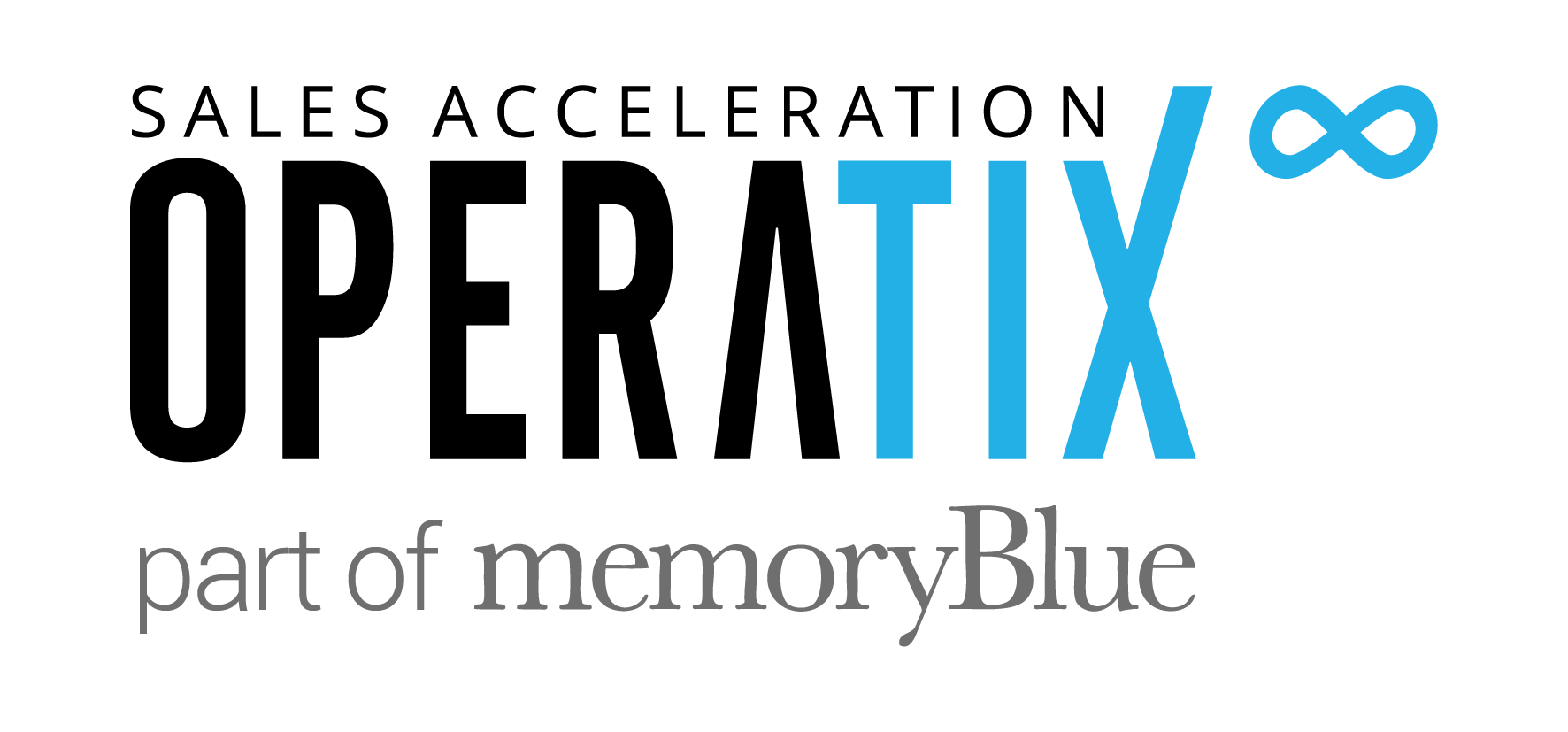The 2021 Sales Development Report from The Bridge Group is out and we invited Matt Bertuzzi, Director of Ops at The Bridge Group to unpack the state of sales development as well as share the trends expected for this year.
It seems that so many of us are under the impression that the pandemic has turned everything about life upside down. Shockingly, the data from the report shows that sales development hasn’t changed all that much.
Most surprisingly, despite all the new platforms and technology emerging all around us, phone calls are still the best medium for having quality conversations.
So, what has changed?
This blog is dedicated to finding out, and helping you make sense of both reality and illusions around sales development, revealed by the report.
Report methodology and contributing audience
Before getting into the report data, Matt talked about the growing audience of contributors it’s held since the first edition in 2007. In the 2021 edition more than 400 B2B companies have been surveyed.
Matt specifically mentions that median averages are used, because these provide a more valid way to interpret data. Mean averages can be greatly skewed by outlying large or small numbers. With a median, it’s safe to say that half of the sample fit above and below that figure, respectively, within the range of data that’s been collected.


If you’re struggling, make more dials.
Matt Bertuzzi – Director of Ops at The Bridge Group
Is experience essential for meeting quotas?
One of the key statistics uncovered by the report is that 68% (roughly two thirds) of SDRs meet their quotas. Does this mean that the other 32% of SDRs just aren’t experienced or competent enough to hit their targets?
Matt thinks that 68% of SDRs meeting quota is a positive stat, and this might cause quite a stir in the sales community, but his explanation makes sense.
The gap between the quota and the SDR’s performance needs to be considered. One person meeting 95% of quota and another meeting 104% of quota realistically means that both reps are great.
Context matters.
The other key point to consider is that when people get great at what they do, they move on to new jobs within the same or different organizations. Even with this aside, if more reps hit their quotas, those figures would become higher over time.
Quotas, like people, also evolve and change.
Expectations on SDRs
Typically, SDRs are now hired fresh out of school. They graduate and without any organizational context, are expected to cold call people to talk about sensitive issues, and generate sales. Matt mentions a few key questions to ask when considering the onboarding and performance of your SDRs.
In the context of your business, do your SDRs understand:
- The organizational structure?
- The company’s core competency and product or service suite?
- Business risk, quantifying and contextualizing it?
- Which signals indicate growth or shrinkage in the business, even if it’s not directly related to their core products/services/solutions?
Complexities around quotas
Quotas can be deceiving.
At first, they’re simple numbers, but once SDRs get on the phone with prospects or customers, the diverse buying journeys begin to reveal themselves and suddenly each client’s moving at a different pace, with nuanced requirements.
Technology adds another layer of complexity to the state of sales development, too, because it introduces room for discussion over which are the best tools, channels and platforms for SDRs to use, which leads on to the discussion about quality conversations.
Recommended monthly meeting quota:
Roughly 14-16 meetings each month.
There’s also the fact that new SDRs need time to settle in and adopt the process, so it should start off at 8-10, then grow over time.


The thing that drives the most quality conversations is the phone.
Matt Bertuzzi – Director of Ops at The Bridge Group
Defining quality conversations, and how and where they happen
The leading indicator of booking a meeting has traditionally been a quality conversation.
There are 2 ways to define them:
- A phone call conversation where at least one piece of qualifying or disqualifying information about the prospect is learned.
- An email that does a ‘round trip’ twice: you send out a mail and get a reply, you reply to that and get another reply.
Technology and the way that it’s advancing means that now the quota can be met without necessarily having quality conversations (QCs) in this specific way.
Where QCs were compensated previously, it’s happening less and less because the need is being removed, so it seems the job is becoming harder when in reality there’s not always going to be a need for a QC anymore, to move closer to the quota.
The pandemic’s effect on sales development (assumptions vs. reality)
Matt assumed that companies would do these things in response to the COVID-19 pandemic:
- Soften customer qualification criteria
- Lower quotas
- Hire more experienced SDRs from the larger talent pool that became available after unemployment rates rose
He was right about the criteria but surprisingly, quotas remained almost the same and the ‘freshly graduated’ SDR hiring profile also remained the same.
Expanding your SDR talent pool
There’s a big demand for sales-related talent right now, and SDRs are driven to move on to Account Executive (AE) positions and more. Developing talent is no longer up for negotiation if you want to grow your business steadily. In a remote work environment, that comes with an entirely new set of challenges and barriers:
- Can your SDRs access and learn from each other, through asking questions and observation?
- Is there a mentorship structure that’s available after the onboarding process concludes?
- How do you know which specific skills and qualities need support, intervention, or nurturing and growth when you’re working remotely?
Where to next?
Whether your guesses have been right or wrong, what some of us thought about the effect of the pandemic and what’s actually happening are uncovered in the report for you to digest at your own pace.
While we’re all living through this strange point in history, we do know that training and development for your SDRs is a good idea.
Investing in people is always a good idea.
Want to hear more? Find us on Apple Podcasts, Spotify, or here.
Listening on a desktop & can’t see the links? Just search for B2B Revenue Acceleration in your favorite podcast player.




